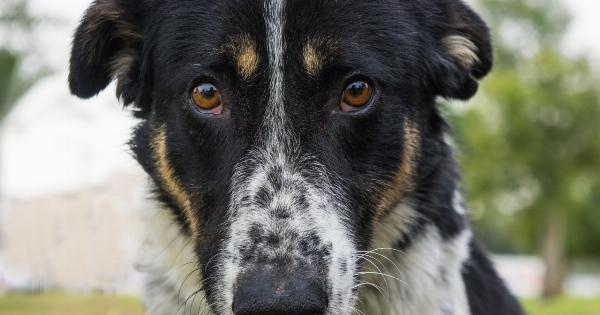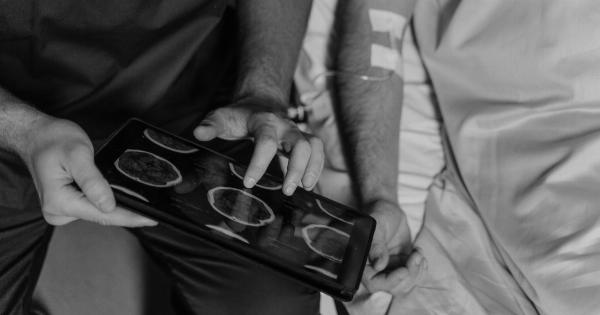It is astonishing how dogs are able to detect cancer, diabetes, and even Parkinson’s disease with their incredible sense of smell.
This remarkable skill has the potential to revolutionize the field of medicine and alert us to many illnesses early on. Dogs have been used to support medical personnel by sniffing out seizures and detecting the presence of cancer in patients with great accuracy.
Scientists and medical professionals are constantly learning and discovering new ways to utilize the amazing ability of these furry friends to detect diseases.
The Power of Their Nose
Dogs have about 300 million olfactory receptors and are able to detect scents up to one million times better than humans.
Their acute sense of smell is the result of an intricate set of nerves and cells that work together to differentiate the smallest scent molecules. This means that new diseases, infections, or changes in the body’s chemistry can be detected by trained dogs before they are clinically diagnosed.
Cancer Detection
In recent years, there have been several studies showing that dogs can detect cancer through the sense of smell. A study at the University of Pennsylvania found that trained dogs were able to detect ovarian cancer in blood samples with 90% accuracy.
In another study, dogs were able to differentiate between healthy blood samples and those of individuals with lung cancer with a sensitivity of up to 98%. These studies have paved the way for further research on how dogs can assist in early detection of various types of cancer.
Diabetes Detection
Dogs have also shown remarkable ability in detecting hypoglycemia in diabetic patients. They can detect changes in the body’s scent that signal low blood sugar levels, alerting their owners to take necessary actions.
Trials have shown that specially trained dogs can detect changes in a diabetic’s breath with an accuracy of up to 90%. It has also been found that dogs can identify changes in a person’s skin resulting from low sugar levels or diabetic neuropathy.
Dogs’ incredible sense of smell could potentially help prevent medical emergencies and reduce long-term complications for diabetic patients.
Parkinson’s Detection
Recent studies suggest that dogs might play an important role in early diagnosis of Parkinson’s disease, a neurodegenerative disorder that affects millions of people worldwide.
People with Parkinson’s produce more of a certain type of skin secretion called sebum, which has a specific odor detectable by dogs. A research study conducted in 2015 showed that dogs could distinguish between sebum samples of Parkinson’s patients and those of healthy individuals with a high degree of accuracy.
The Challenge of Using Dogs as Medical Assistants
The use of dogs in medical diagnosis is still at an early stage and there are many obstacles to overcome. One challenge is the variation in dogs’ ability to detect diseases due to breed, training, and experience.
Other factors such as age, diet, and environment might also influence their performance. Therefore, a rigorous selection process and consistent training are necessary to ensure the accuracy and reliability of the results.
In addition, there are also ethical considerations that need to be addressed when using dogs in medical diagnosis, such as ensuring their welfare, the safety of patients, and the consent of all parties involved.
Conclusion
Dogs’ remarkable ability to detect diseases through smell is a field of study that holds enormous potential for the future of medical diagnosis.
Although there are many challenges to overcome, these furry friends have proven to be highly accurate and reliable in detecting medical conditions such as cancer, diabetes, and Parkinson’s disease. The integration of dogs in medical diagnosis can help to save lives and improve the quality of life of millions of individuals worldwide.




























